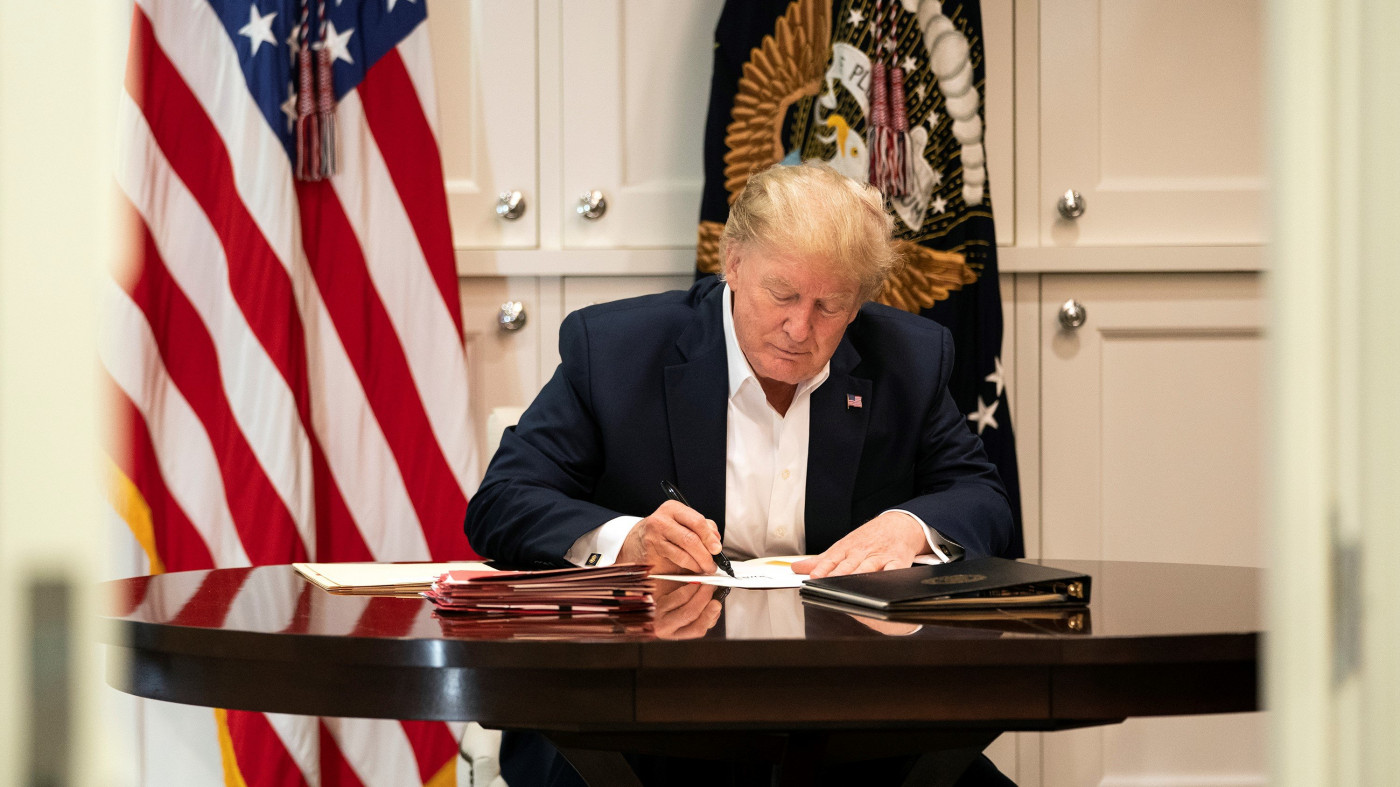Trump's Five Tariff Goals: What Has He Actually Achieved?
Last week, Donald Trump unveiled a sweeping tariff plan that threatened to upend global trade norms and rattle long-standing relationships with America’s allies. But just days later, much of that plan has been paused, with the president announcing a 90-day suspension on increased tariffs for most countries. The exception? China — where the trade war is heating up.
So, with this partial retreat, how close is Trump to achieving his key trade goals? Here’s a breakdown of five ambitions, and whether any are actually bearing fruit.
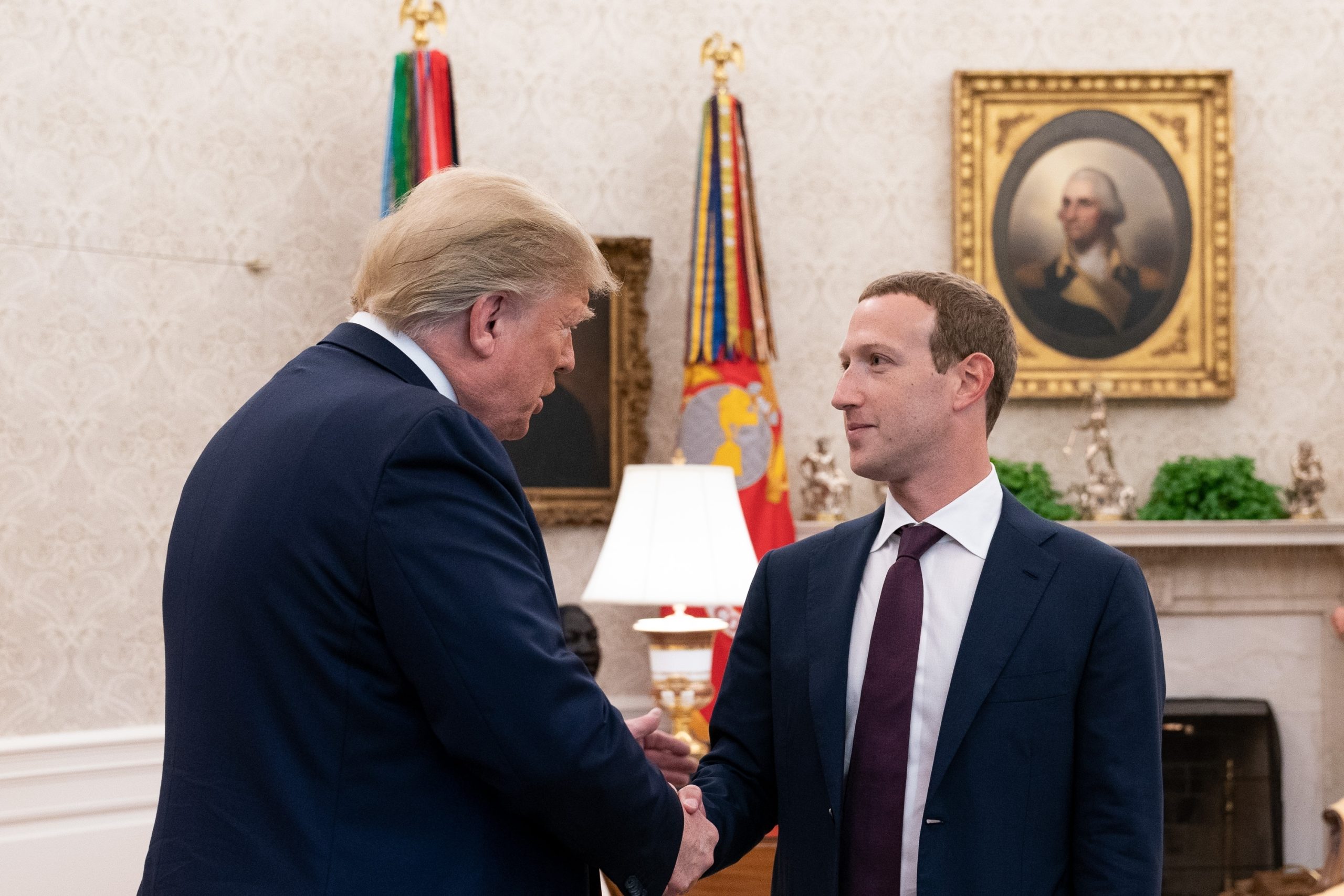
1) Securing Better Trade Deals
What Trump Said:
“For decades, our country has been looted, pillaged, and plundered by nations near and far, both friend and foe alike.”
Trump’s trade agenda launched with dramatic flair: a flat 10% tariff on nearly all imports and “reciprocal” tariffs on 60 nations he dubbed the worst offenders — a move that sent shockwaves through global markets.
The White House has since claimed that over 75 world leaders have contacted the president to discuss new trade agreements. Treasury Secretary Scott Bessent even bragged that leaders were “kissing my ass” to avoid penalties. Negotiations are currently underway with countries like South Korea and Japan.
The Takeaway:
While the rhetoric has been fiery, the fact that talks are happening shows Trump may extract some concessions. But with only 90 days to strike deals, the clock is ticking fast.
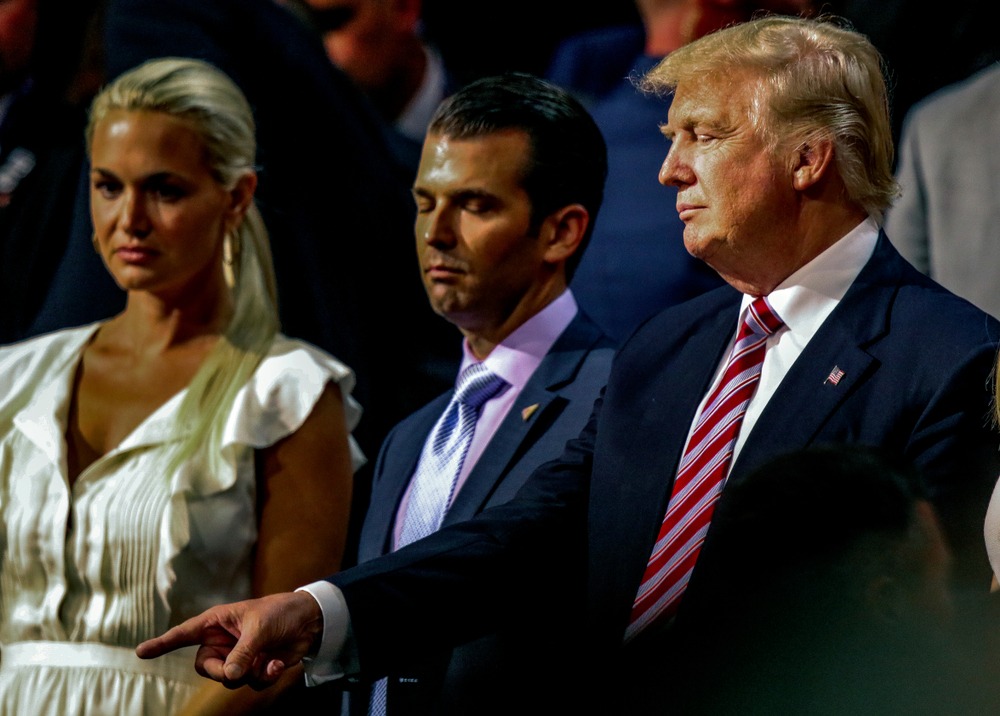
2) Reviving American Industry
What Trump Said:
“Jobs and factories will come roaring back into our country…We will supercharge our domestic industrial base.”
Tariffs, Trump argues, will shield U.S. factories from unfair foreign competition. But businesses need stable conditions to invest — and Trump’s inconsistent messaging on tariffs is anything but stable. With fluctuating announcements and shifting timelines, it’s hard to tell which industries will benefit or suffer next.
The Takeaway:
The uncertainty has made companies hesitant to act. Instead of triggering a manufacturing boom, Trump’s erratic moves may have paralyzed long-term investment decisions.
3) Taking on China
What Trump Said:
“I have great respect for President Xi of China, great respect for China, but they were taking tremendous advantage of us.”
After backing off tariffs on most nations, Trump doubled down on China, framing them as the central villain in America’s trade woes. “They are the biggest source of the US trade problems,” said Treasury Secretary Bessent.
Though Trump has talked tough, the administration also hinted at being open to a deal. The president even said he blamed past U.S. leaders more than China itself.
The Takeaway:
Trump has picked a fight with the world’s second-largest economy. But by alienating allies and approaching the standoff without a unified front, America may have made the conflict harder to win.

4) Raising Government Revenue
What Trump Said:
“Now it’s our turn to prosper... use trillions and trillions of dollars to reduce our taxes and pay down our national debt...”
Tariffs, Trump argues, could generate enough revenue to reduce the national debt and offset massive tax cuts. A 10% universal tariff could bring in up to $2 trillion over the next decade, according to the nonpartisan Tax Foundation.
However, those gains pale in comparison to the estimated $5 trillion cost of the tax cuts in Congress’s recent budget blueprint.
The Takeaway:
Trump may rake in short-term revenue, but that money comes from American businesses and consumers. And if tariffs push firms to “buy American,” the flow could dry up quickly.
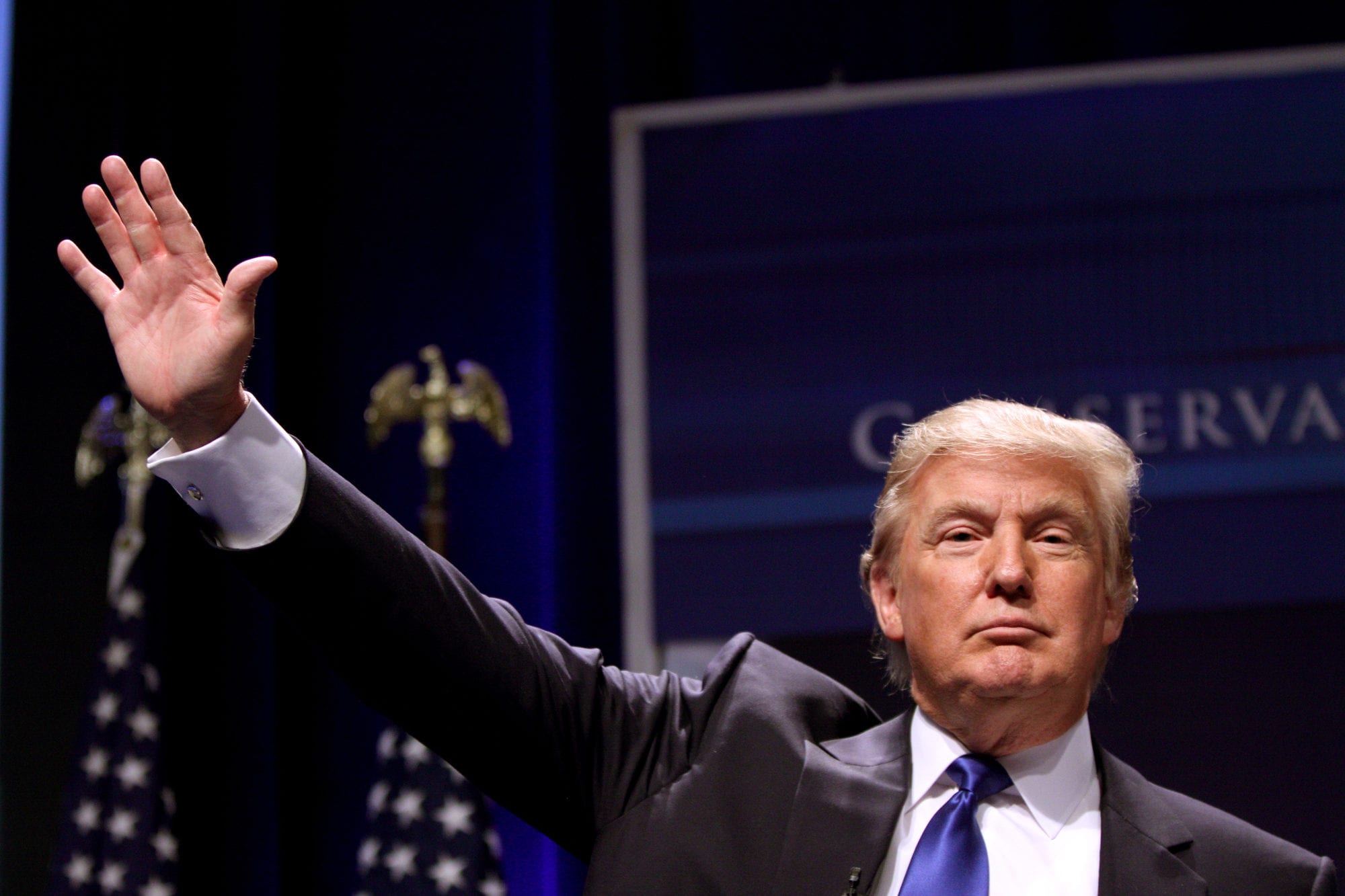
5) Lowering Consumer Prices
What Trump Said:
“Ultimately, more production at home will mean stronger competition and lower prices for consumers. This will be indeed the golden age of America.”
Trump has promised that his policies will lead to lower costs for American families. But economists warn the opposite is likely. The Tax Foundation estimates a 10% universal tariff would increase household costs by $1,253 in the first year — hitting lower-income Americans hardest.
Energy prices dipped after the tariff announcement, but that may reflect recession fears, not improved trade conditions.
The Takeaway:
Rather than ushering in a “golden age,” Trump’s tariffs risk making everyday goods more expensive for millions of Americans.
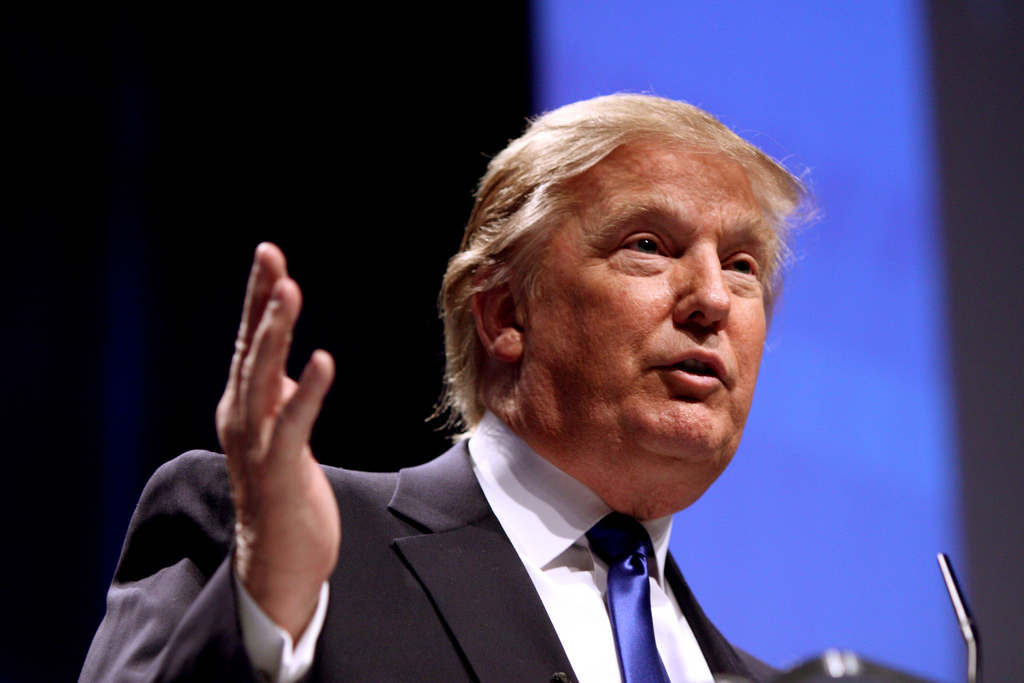
Conclusion - A Waste of Time
Trump came out swinging, touting bold tariffs as the solution to decades of economic frustration. But when markets shook and allies protested, he flinched. The 90-day delay shows that even he knows the strategy is unstable.
RELATED: Did We Just See Insider Trading? Trump’s Tariff Flip-Flop Raises Big Questions.
Instead of standing firm, he blinked at the first sign of global backlash. So far, few goals have been achieved. Prices are poised to rise, allies feel alienated, and American manufacturers are still in limbo. Trump wanted to look tough on trade — to play the big man. But this retreat makes it clear: he wasn’t ready for the fight he picked.


